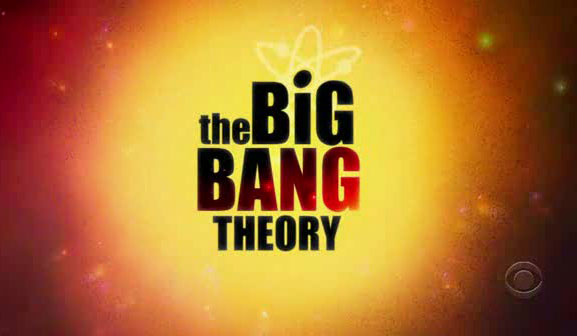Star Astronomy News
Translate This Page Cycle me This, Cycle me ThatPosted by Warren Wong on Saturday, November 13, 2010,
In :
the Sun
Continue reading ... The Biggest Bang of Them All?Posted by Warren Wong on Saturday, November 6, 2010,
In :
Star Astronomy
Continue reading ... The First Possible Cradle for a New Human Genesis?Posted by Warren Wong on Thursday, November 4, 2010,
In :
Star Astronomy
Continue reading ... Something Unusual, Something NewPosted by Warren Wong on Monday, November 1, 2010,
In :
Star Astronomy
| Author
Warren Wong
Prince George, British Columbia. Tags |



 Photos NASA
Photos NASA NASA photo
NASA photo